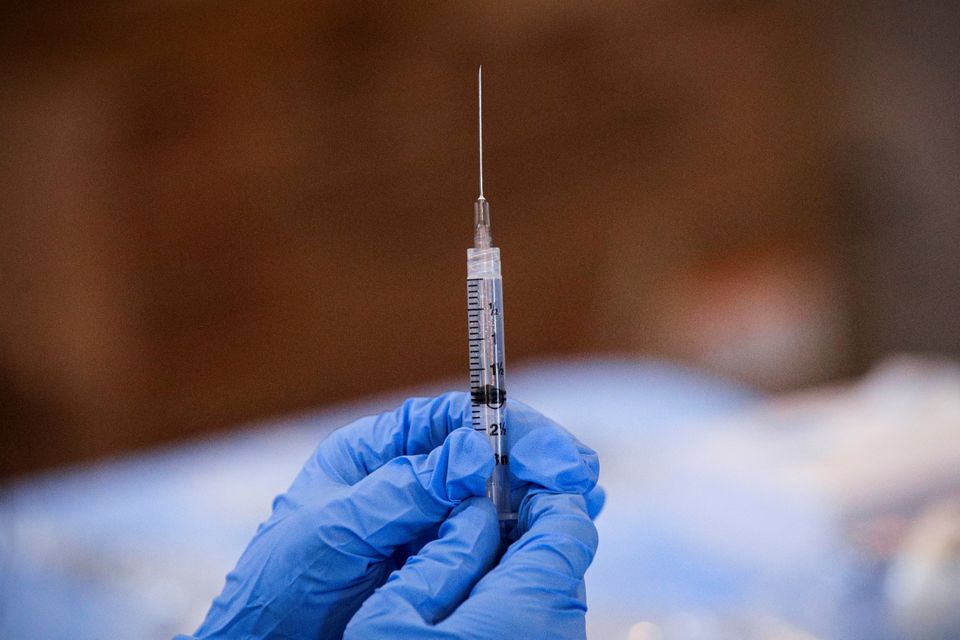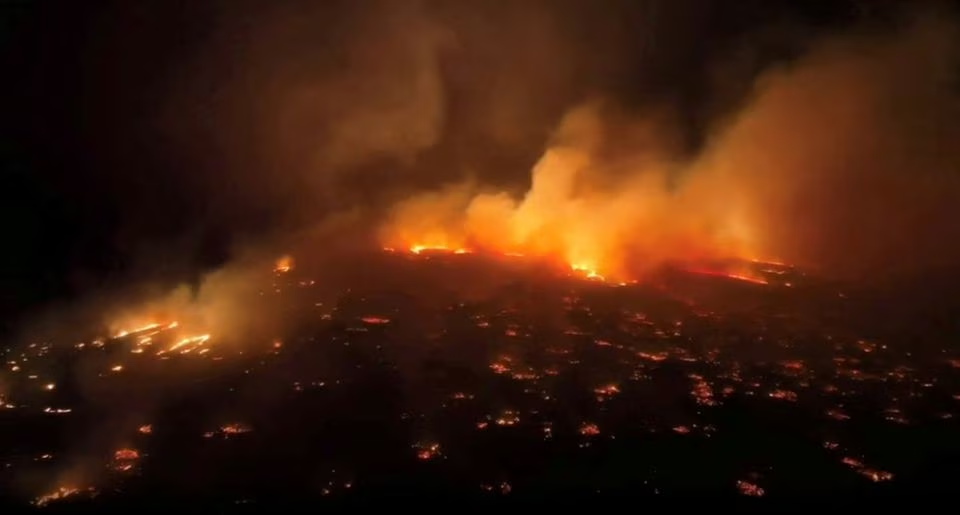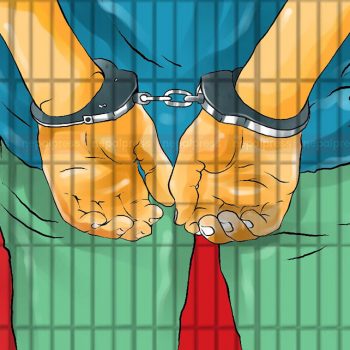U.S. makes 16- and 17-year-olds eligible for COVID-19 boosters
 NepalPress
NepalPress

U.S. regulatorson Thursday expanded eligibility for COVID-19 vaccine booster shots to 16- and 17-year-olds, as public health officials have urged Americans to get a third shot due to concerns about the new Omicron variant of the virus, Reuters reported.
The U.S. Food and Drug Administration said it amended its emergency use authorization of Pfizer Inc (PFE.N) and BioNTech SE’s vaccine to allow youths aged 16-17 to receive a third shot at least six months after their second vaccine dose.
The U.S. Centers for Disease Control and Prevention (CDC) also signed off on the shots.
“Although we don’t have all the answers on the Omicron variant, initial data suggests that COVID-19 boosters help broaden and strengthen the protection against Omicron and other variants,” CDC Director Rochelle Walensky said in a statement. She strongly encouraged all eligible 16- and 17-year olds to get the shots.
Around 4.7 million U.S. youths in that age group are fully vaccinated and more than 2.5 million of them are six months past their second dose.
Only the Pfizer/BioNTech vaccine has been authorized for use in the age group.
Some scientists have raised concerns about the additional shot because of the elevated risk of rare cases of heart inflammation in young men that have been linked to messenger RNA vaccines such as the Pfizer/BioNTech shot.
All U.S. adults are currently eligible for booster shots of the three authorized COVID-19 vaccines.
The FDA’s authorization comes a day after Pfizer and BioNTech released data suggesting that booster shots could be key to protection against infection from the newly identified Omicron variant.
The CDC has identified fewer than 100 cases of Omicron in the United States, but they are expected to increase in the coming weeks and months.
Meanwhile, the dominant Delta variant, which is very transmissible and can be passed on by people who are fully vaccinated, has driven up infections. Regions where activities have moved indoors for winter, such as the Northeast, have seen some of the biggest increases in new cases, which now average close to 120,000 daily.














